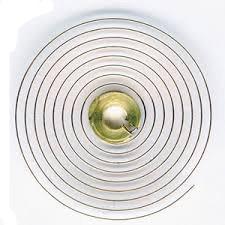-
Recently Browsing
- No registered users viewing this page.
-
Topics
-
Posts
-
By Neverenoughwatches · Posted
Hmmm you know when i said some damp might have caused the bubble originally hmmm. -
By Neverenoughwatches · Posted
Are you all jerking my chain, I'm a yorkshireman £4.04 is too much 😆 -
[Myota2034] Custom simple quartz watch — PricewaterhouseCoopers On a very very different note, here is a watch from approximately 2000 when I was a Partner with PwC, Management Consulting. It was a simple “marketing watch” with a clever “vase of knowledge” that is subtly revealed on the dial as the second hand progresses. Clever for a simple watch!⌚️
-
By Neverenoughwatches · Posted
I think someone else has though. Some where here using a modified perspex sheet. I may be wrong i may be right , i think it involved fitting the arbor to a pin vice. I dont have experience of the bergeon winders, are the handles not interchangeable ? -
By Neverenoughwatches · Posted
Never tried dial dots, i always considered them as a bit of a bodge. You are adding something that was never intended to be there. I wonder how the adhesive reacts to any part of the movement, hot summer heat and i think things might turn sticky. Most adhesive backed stuff has a tendency to soften and slide around so it may spread, i have used a lot of so called sticks all adhesives in my industry that are just not up to the job. I suppose they get you out of a problem quickly, but how permanently might that be ? I would just explain to the owner that it may or may not work. WWs other ideas are a much more permanent solution but both have their risks . I've tried milling and dial feet replacements, hmm it was ok, ive heard of folk dimpling the face , so that needs care . And i have soldered a few times , all with good results but i am very careful and I practiced it a lot.
-








Recommended Posts